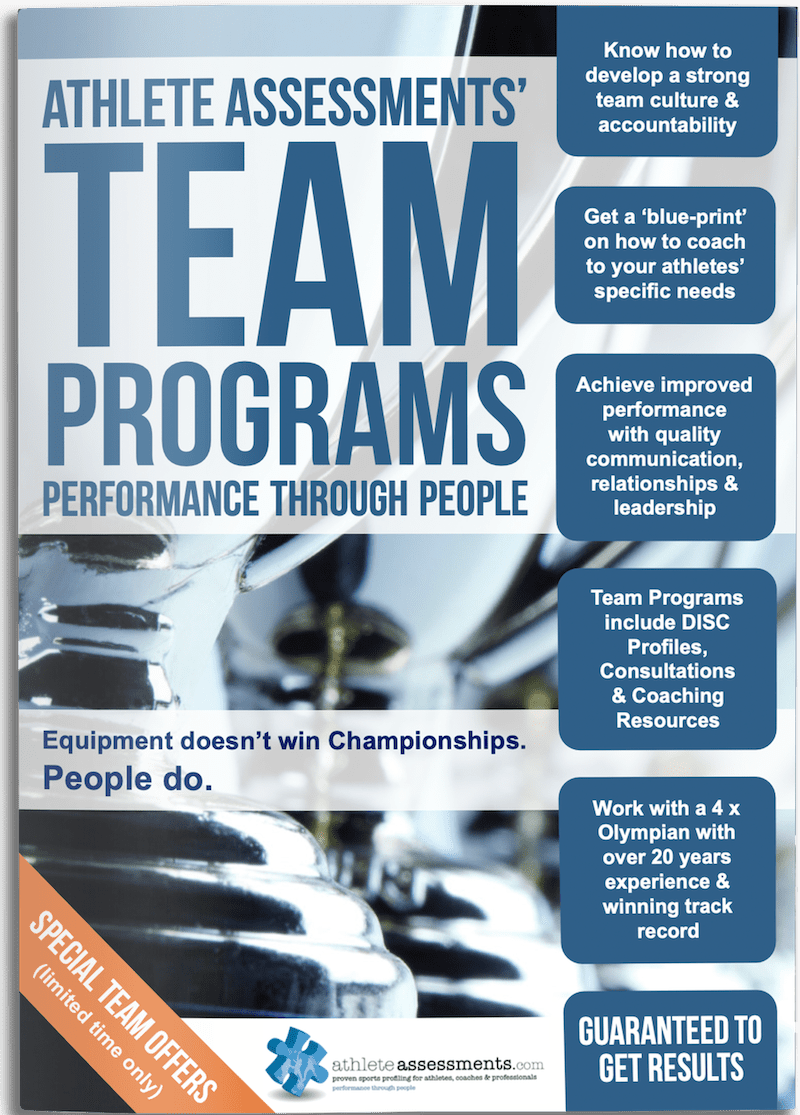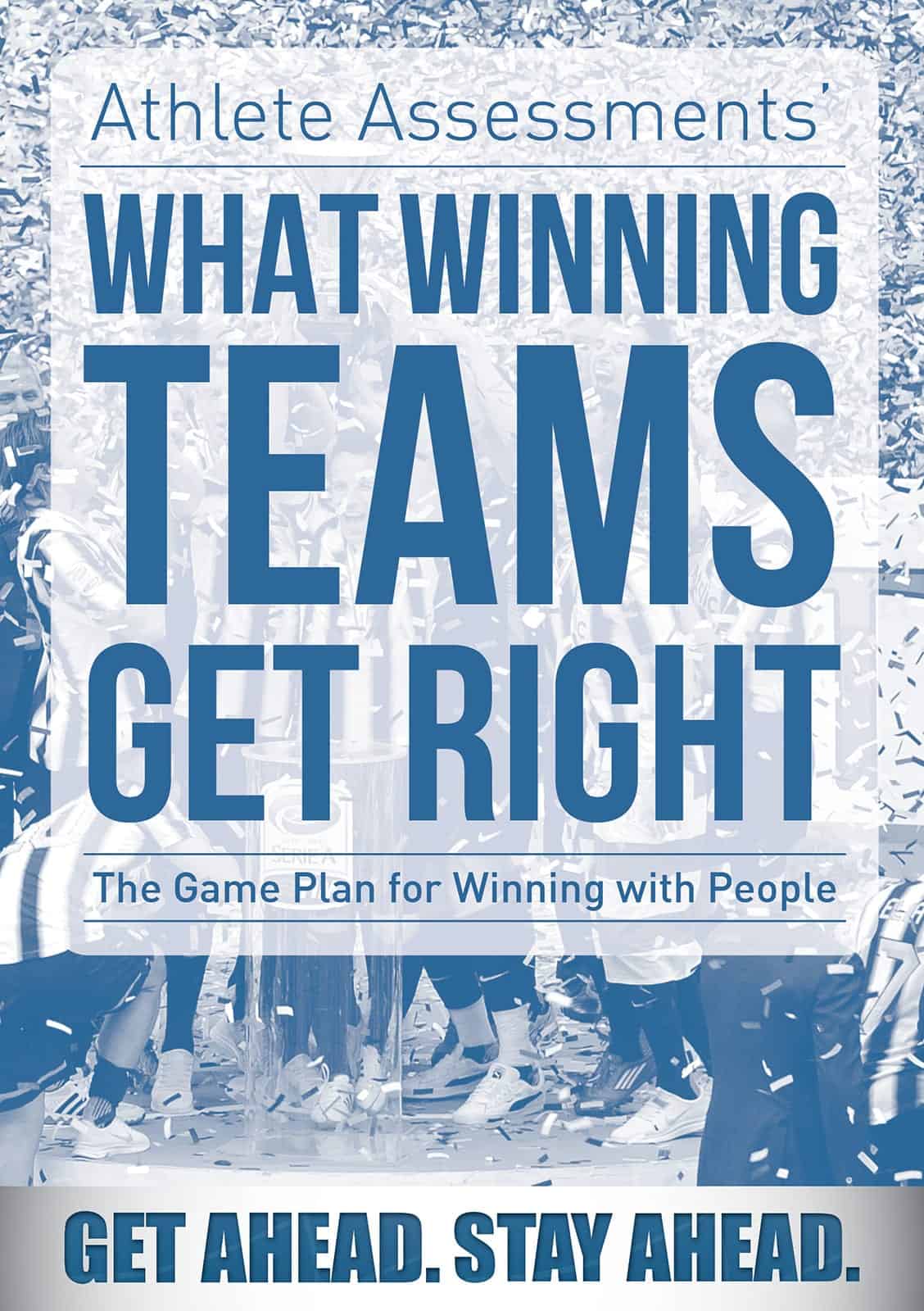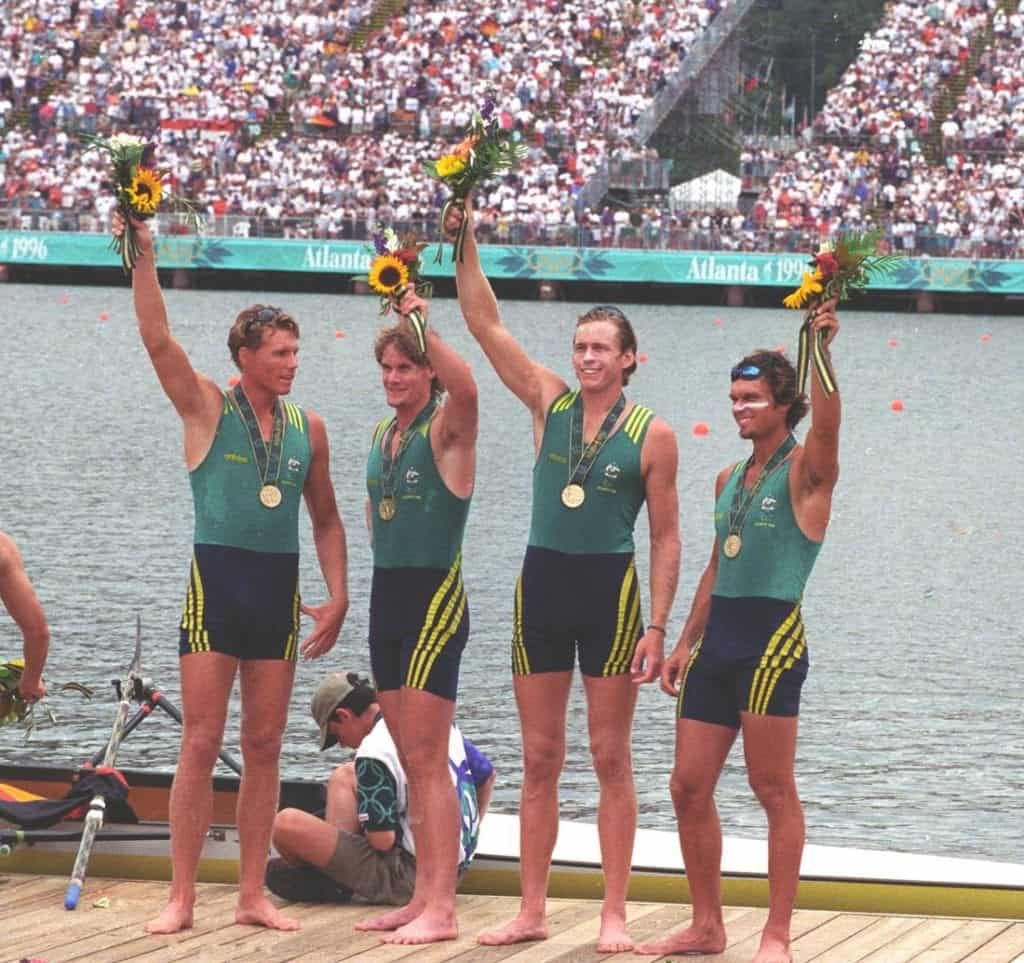With our recent article on Six Steps for Successful Succession Planning receiving positive feedback, we decided to include this article as a follow up. The original article was inspired by the comments of Michael Hagan and Mal Meninga, and how they effectively used succession planning to great success with the Queensland Maroons Rugby League Team. However as succession planning in sport is somewhat underused or misunderstood, we have included Six Mistakes to Avoid When Planning for Succession.
Mistake #1:
One of the most common mistakes made with succession planning in sport is the assumption that an athlete who is successful at one level will automatically be successful at a higher level. In sport, it is well understood that only a small percentage of competitive athletes ever reach an elite level. Unfortunately even a player who has significant success at one level does not necessarily have the ability to be successful at the next level. This can be due to many factors such as attitude, maturity or sometimes just ability, but these factors prevent certain athletes from reaching or succeeding at a higher level. Therefore it is important to separate how well an athlete is competing at one level, and how well they might do at the next level.
Mistake #2:
Assuming a coach is always the best judge of who may succeed at the next level is also a common mistake of succession planning in sport. Although coaching staff have a unique understanding of the athletes you are looking to promote, it is important not to utilize only one opinion when planning for succession. Coaches have significant self-interest in succession, as they can be protective of their current team or top players. They can also rank players by their own set of standards, which can cause athletes who are unlike the coach to be overlooked for advancement. The advice of coaches who have worked with the athletes for a significant amount of time can be invaluable, our suggestion is that it is important when considering athletes to attempt to have the most objective and unbiased consideration process as possible.
Mistake #3:
Some athletes can feel entitled to progress to the next level if they have been at a level below for a significant period of time. This is the merit versus tenure situation. However, advancements to a higher level should not be thought of as a reward for those who have been in a current grade for a long time. When planning for succession, and developing a talent pool, athletes should not be selected by greatest seniority but rather who has the ability to perform successfully at the next level and critically, who has the mindset to succeed at the higher level. Athletes must be reminded that the best way to prove their ability is by demonstrating their success at the current level, whilst working on aspects of their performance, technically, physically and mentally, which would be desirable for the next level.
Mistake #4:
As we said in our original article, rather than a panic-driven effort to fill vacancies as they occur, succession planning in sport emphasizes a commitment to long term strategic planning to meet talent needs. Attempting to have a fully implemented succession plan in a matter of weeks will often be an unrealistic goal. It should be understood by all involved that this will not be an immediate process. However it may be helpful to begin working in phases. Identify the divisions or locations with the greatest need of succession planning and begin there.
Mistake #5:
Another common mistake that is made with succession planning in sport is not considering what to call the succession plan. Calling your talent pool “Succession Plan Team”, may not inspire the same kind of confidence in the athletes that “Talent Development Squad” or “Emerging Leadership Squad” would have. You may note the team we spoke about in our last article which fed into the Queensland Maroons was called the 2012 Queensland Academy of Sport Emerging Origin Squad.
Mistake #6:
Another mistake that can be made is assuming that all athletes wish to advance to the next level. Though we would hope that the elite athletes you are involved with would strive for every opportunity for advancement this is not necessarily the case. Although this does not often occur for players attempting to advance to a higher grade, it may occur when encouraging an athlete into a leadership role. Some athletes will not feel comfortable being endorsed for a leadership position such as captain where they would be responsible for the bigger picture, and would in fact feel much better in their current position.
Summary
It is important to remember when planning for succession that every individual case is different. Not all of the mistakes highlighted above may be applicable to your situation. As we said in our original article, rather than a panic-driven effort to fill vacancies as they occur, succession planning in sport emphasises a commitment to long term strategic planning to meet talent needs. Hopefully both this article and our original article on Six Steps for Successful Succession Planning will be helpful for you in your efforts to plan for succession.
If you enjoyed this article you may also be interested in our article on ‘The Holy Grail in Sport – How to Select the Best Team?’
At Athlete Assessments, we’re here to provide you with excellence in service and here to help you be your best. If there is anything we can assist you with, please Contact Us.






